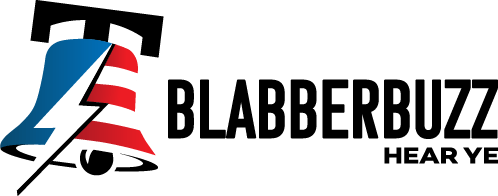The watchdog has found that images of children are being utilized to train AI models without obtaining the necessary consent, thereby exposing these minors to potential privacy and safety risks.
According to Breitbart, the HRW researcher Hye Jung Han has discovered that widely used AI datasets, such as LAION-5B, contain links to hundreds of photos of Australian children. These images, sourced from various online platforms, are being used to train AI models, unbeknownst to the children or their families. This revelation has far-reaching implications, raising serious concerns about the safety and privacy of minors in the digital age.
Han's investigation, which scrutinized less than 0.0001 percent of the 5.85 billion images in the LAION-5B dataset, identified 190 photos of children from all Australian states and territories. This small sample size suggests that the actual number of affected children could be significantly higher. The dataset includes images spanning the entirety of childhood, enabling AI image generators to create realistic deepfakes of actual Australian children.
WATCH: KAMALA DEFENDED BIDEN'S COGNITIVE ABILITY![]()
Even more disconcerting is the fact that some of the URLs in the dataset disclose identifying information about the children, including their names and locations. In one instance, Han was able to trace "both children's full names and ages, and the name of the preschool they attend in Perth, in Western Australia" from a single photo link. This level of detail exposes children to potential privacy violations and safety threats.
OLD VIDEO OF ROBIN WILLIAMS GIVING TRIBUTE TO THE AMERICAN FLAG![]()
July 04, 2024
The investigation also revealed that even photos protected by stricter privacy settings were not immune to scraping. Han found instances of images from "unlisted" YouTube videos, which should only be accessible to those with a direct link, included in the dataset. This raises questions about the efficacy of current privacy measures and the responsibility of tech companies in safeguarding user data.
RFK JR.'S WILD CARD ENTRY: HOW IT COULD TURN THE 2024 ELECTION UPSIDE DOWN![]()
The utilization of these images in AI training sets poses unique risks to Australian children, particularly indigenous children who may be more vulnerable to harm. Han's report emphasizes that for First Nations peoples, who "restrict the reproduction of photos of deceased people during periods of mourning," the inclusion of these images in AI datasets could perpetuate cultural harms.
FAMILY'S INDEPENDENCE DAY CELEBRATION TURNS HORRIFICALLY FATAL WITH FIREWORK MISHAP![]()
The potential for misuse of this data is significant. Recent incidents in Australia have already demonstrated the dangers, with approximately 50 girls from Melbourne reporting that their social media photos were manipulated using AI to create sexually explicit deepfakes. This highlights the urgent need for stronger protections and regulations surrounding the use of personal data in AI development.
HORRIFYING HOME INVASION: NORTH CAROLINA FAMILY ENDURES HOURS OF TORTURE – SHOCKING DETAILS INSIDE!![]()
While LAION, the organization behind the dataset, has pledged to remove flagged images, the process seems to be slow. Furthermore, removing links from the dataset does not address the fact that AI models have already been trained on these images, nor does it prevent the photos from being used in other AI datasets. This situation underscores the need for a more proactive approach to privacy and safety in the digital age.







